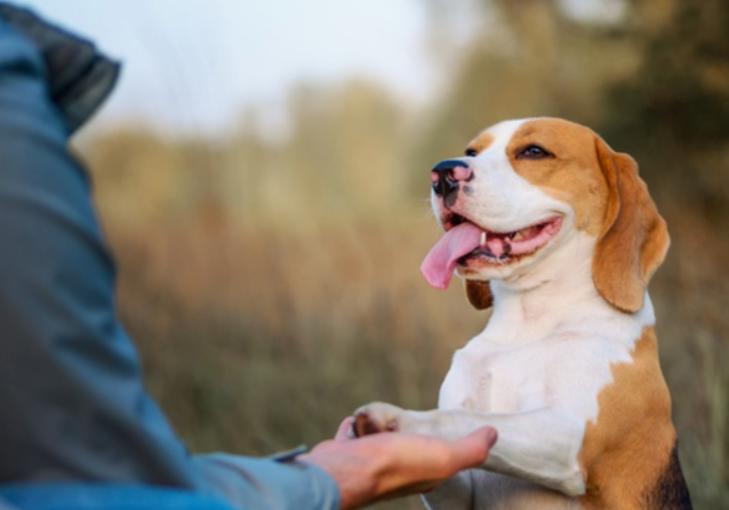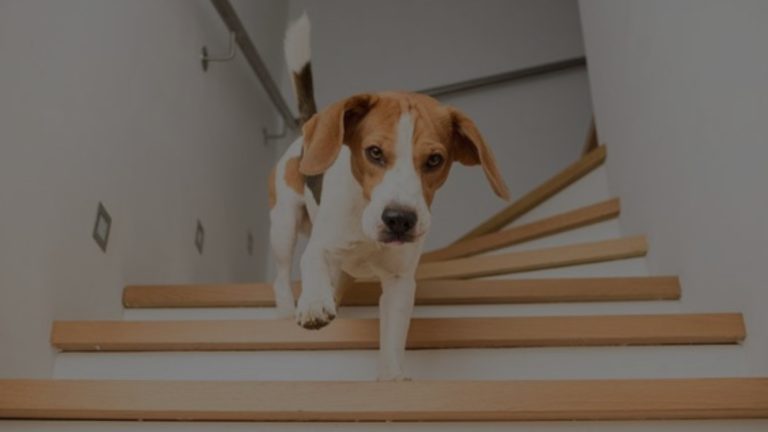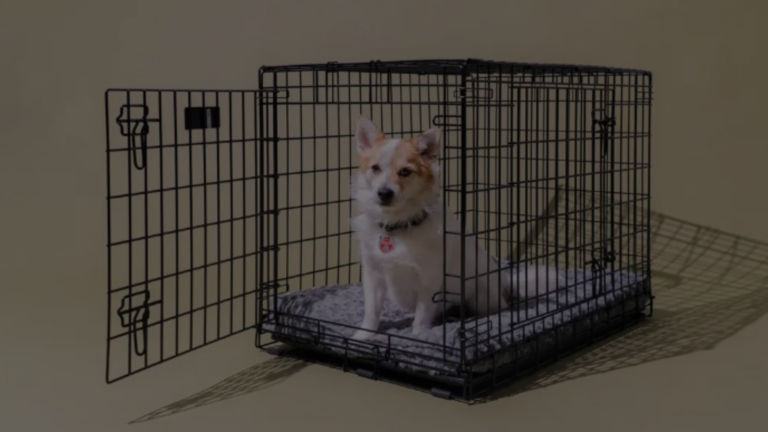Have you ever been caught off guard by your furry friend’s sudden desire to grab your arm with their mouth? While it can be a startling experience, it’s important to remember that this behavior rarely signifies aggression.
So, you might be wondering, why does my dog grab my arm? Understanding the reasons behind your dog’s arm-grabbing can help you navigate these moments confidently and build a deeper bond with your canine companion.
Why Does My Dog Grab My Arm?
Dogs communicate differently than humans, and their actions often hold deeper meanings than we might initially realize. Here are some common reasons why your dog might be grabbing your arm:
Playful Gestures
- Puppy Play: For puppies, mouthing is a natural part of play and exploration. They use their mouths to learn and interact with the world around them, including their human companions. Gentle mouthing on your arm could be an invitation to play, wrestle, or tug-of-war.
- Excited Greetings: Energetic dogs might grab your arm as a way to greet you enthusiastically upon your return home or during playtime. This behavior often comes with tail wags, jumps, and excited vocalizations.

Seeking Attention
- Boredom Busters: If your dog lacks mental and physical stimulation, they might resort to attention-seeking behaviors like grabbing your arm. This could be a way to remind you to engage with them in playtime, walks, or cuddles.
- Reward-Driven Habit: If your dog has learned that grabbing your arm gets them a desired reaction, like treats, petting, or games, they might repeat the behavior to elicit the same response.
Underlying Medical Issues
- Teething Discomfort: Puppies experiencing teething discomfort might seek relief by mouthing on objects, including your arm. This behavior usually subsides as their permanent teeth erupt.
- Dental Pain: Older dogs experiencing dental pain might mouth objects to alleviate discomfort. Schedule a veterinary checkup to rule out any underlying dental issues.
Anxiety or Fear
- Stressful Situations: In some cases, arm-grabbing might be a sign of anxiety or fear. If your dog exhibits other signs of nervousness, like trembling, pacing, or whining, during these interactions, consult a dog trainer or behaviorist.

Navigating Arm-Grabbing Behavior
Understanding the reason behind your dog’s behavior is key to responding appropriately. Here are some tips:
- Positive Reinforcement: If your dog’s grabbing is playful, redirect their attention to appropriate chew toys or engage in interactive playtime. Reward calm behavior with praise and affection.
- Ignore Attention-Seeking: If your dog is grabbing for attention, avoid giving them the reaction they desire. Instead, wait until they are calm and quiet before offering attention or playtime.
- Address Boredom: Ensure your dog receives adequate physical and mental stimulation through regular walks, playtime, and training sessions. This can help reduce attention-seeking behaviors.
- Teething Relief: Provide teething puppies with safe chew toys to soothe their discomfort and discourage mouthing on your arm.
- Seek Professional Help: If your dog’s arm-grabbing is accompanied by signs of anxiety, fear, or aggression, consult a qualified dog trainer or behaviorist for guidance and training techniques.

Additional Tips
- Observe Body Language: Pay close attention to your dog’s body language when they grab your arm. A relaxed posture, wagging tail, and playful demeanor indicate playful intent. Stiffness, growling, or avoidance might suggest fear or anxiety.
- Set Clear Boundaries: If your dog’s mouthing is too rough or persistent, firmly but gently remove your arm and say “no” in a calm, assertive voice. Do not punish your dog, as this can worsen the behavior.
- Be Patient and Consistent: Changing your dog’s behavior takes time and patience. Remain consistent with your approach and positive reinforcement techniques to see lasting results.
By understanding the reasons behind your dog’s arm-grabbing and responding with appropriate strategies, you can build a stronger, more harmonious relationship with your furry friend. Remember, patience, positive reinforcement, and seeking professional help when needed are key to addressing this behavior effectively.

Resources & References
FAQs About Why Your Dog Grabs Your Arm
My dog grabs my arm during playtime, is it okay?
It depends! If the grabbing is gentle, accompanied by playful tail wags and happy body language, it’s likely an affectionate gesture. However, if the grabbing is forceful, involves nipping, or your dog fixates on your arm, it could be excessive excitement or attention-seeking. Redirect their energy to toys and reward calm play.
My puppy nips at my hands and arms, should I worry?
Puppy nipping is common during play and exploration. However, it’s crucial to discourage this behavior from the start. Redirect them to chew toys, yelp briefly to mimic a fellow puppy’s disapproval, and end playtime if they persist. Consistent training will nip this behavior in the bud.
My dog suddenly started grabbing my arm, what changed?
Sudden changes in behavior could indicate an underlying issue. Consider recent changes in your dog’s routine, environment, or health. Are they bored, anxious, or in pain? Consult your veterinarian if you suspect a medical cause or seek help from a dog trainer to address behavioral changes.
How can I stop my dog from grabbing my clothes when I walk them?
This behavior often stems from excitement or leash pulling. Use a harness instead of a collar to prevent choking, practice loose leash walking techniques, and reward calm walking with treats. Ignoring pulling and redirecting their attention to you can also help break the habit.
My dog grabs my arm when I approach their food bowl, is it aggression?
Not necessarily. Resource guarding, while concerning, doesn’t always stem from aggression. Observe your dog’s body language closely. If they growl, bare their teeth, or stiffen, consult a professional trainer to address resource guarding safely and effectively.
Should I punish my dog for grabbing my arm?
Punishment rarely solves the problem and can damage your bond with your dog. Instead, focus on understanding the reason behind the grabbing and implementing positive reinforcement techniques like redirection, rewarding desired behavior, and ignoring unwanted behavior.







